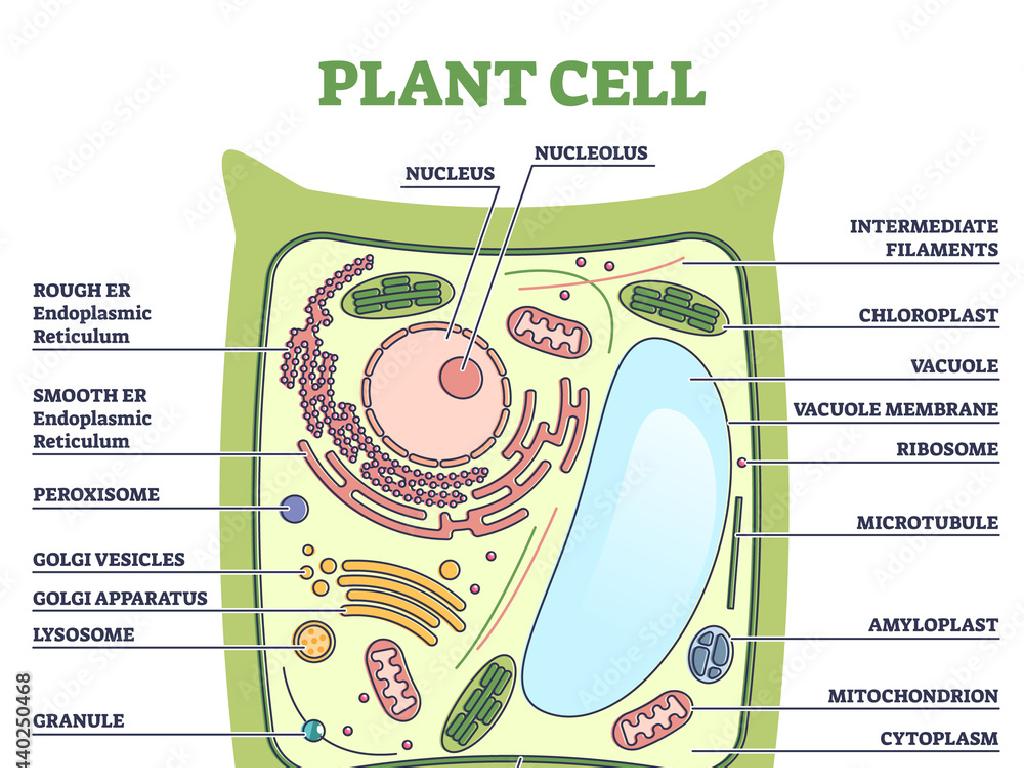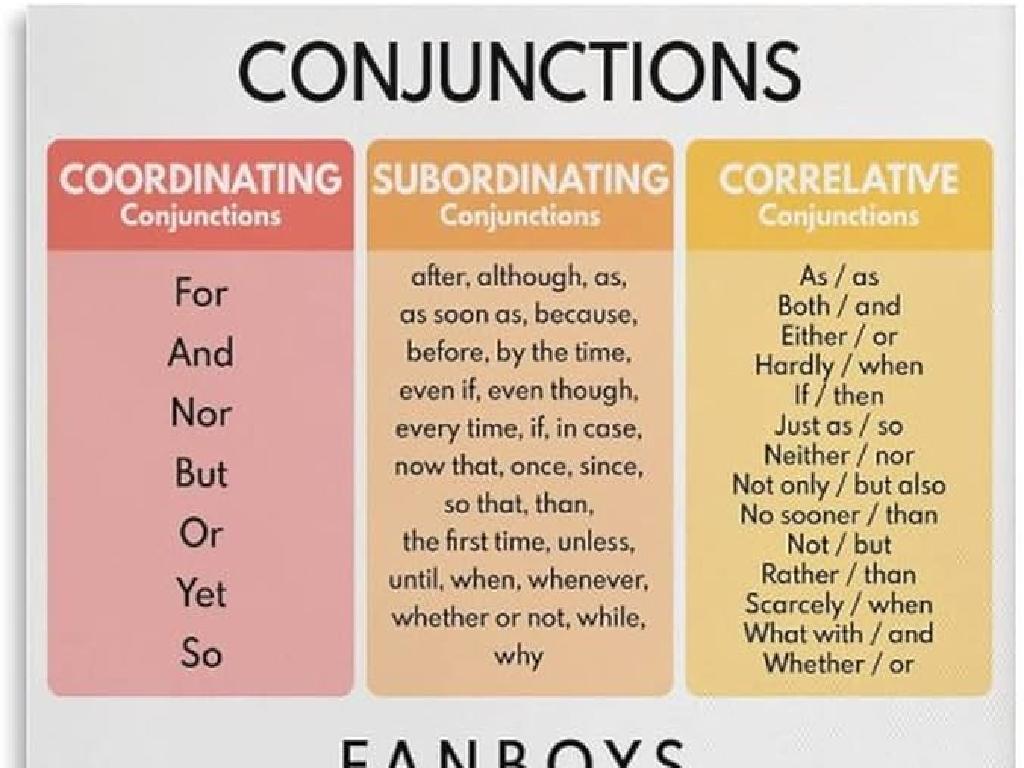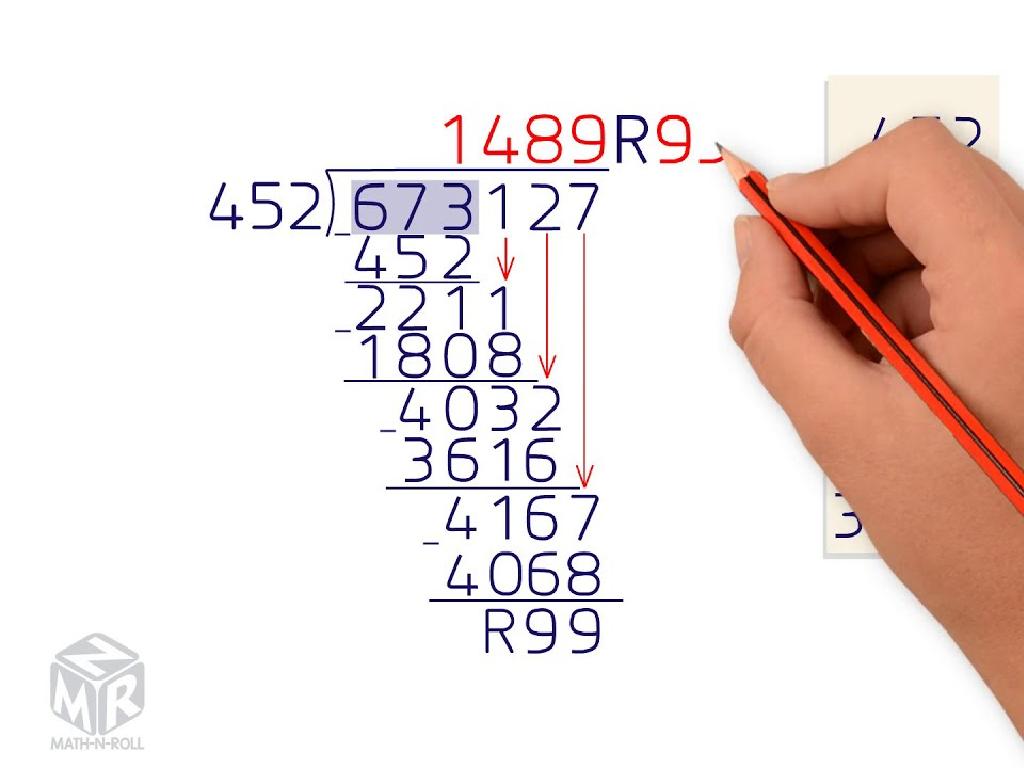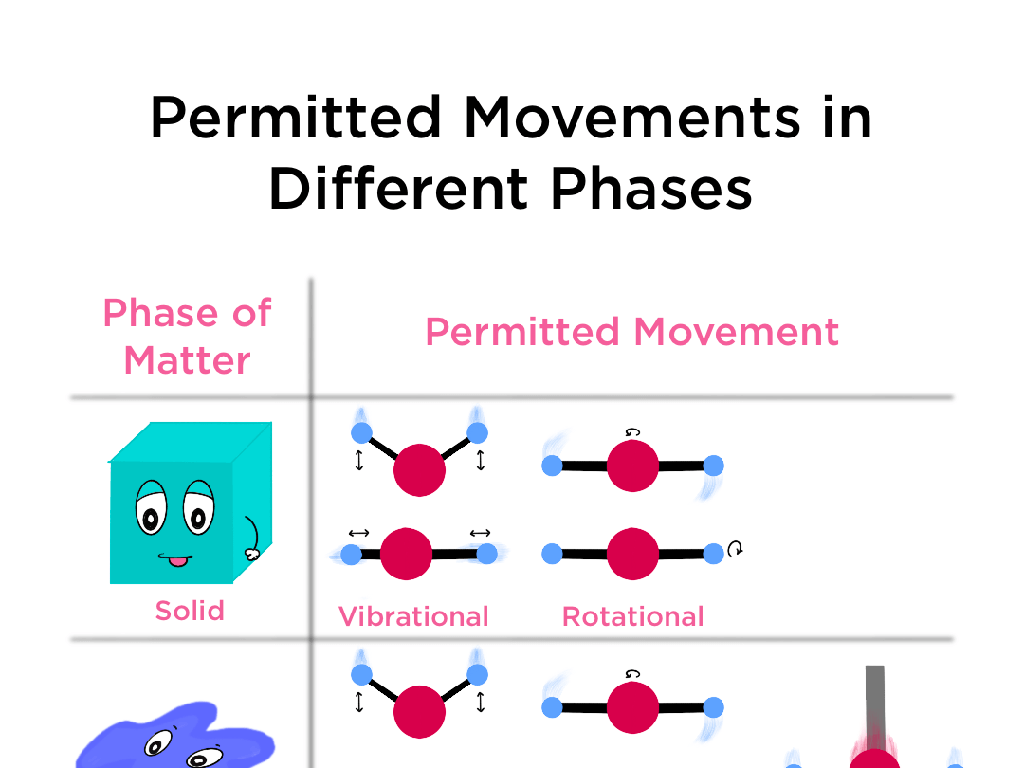Identify Reactants And Products
Subject: Science
Grade: Sixth grade
Topic: Chemical Reactions
Please LOG IN to download the presentation. Access is available to registered users only.
View More Content
Introduction to Chemical Reactions
– What is a chemical reaction?
– It’s a process where substances change into new ones.
– Reactants vs. products
– Reactants start the reaction, products are the result.
– Everyday reaction examples
– Baking a cake, rusting iron, and burning wood.
– Observing changes
– Look for color change, temperature change, or gas production.
|
This slide introduces the concept of chemical reactions to sixth-grade students. Begin by explaining that a chemical reaction involves the transformation of substances into new materials with different properties. Clarify the roles of reactants and products, using the analogy of a baking recipe where ingredients (reactants) combine to make a cake (product). Provide relatable examples such as rust forming on metal or the combustion of wood in a fire. Encourage students to think of reactions they’ve observed, like the fizz when mixing vinegar and baking soda. Emphasize that changes such as color shifts, temperature variations, or gas release can indicate a chemical reaction has occurred. This foundational knowledge sets the stage for deeper exploration into the types of chemical reactions and their applications in science.
Reactants: The Starting Materials in Chemical Reactions
– Define reactants in chemistry
Reactants are substances that start a chemical reaction.
– How to find reactants in equations
Look at the left side of a chemical equation for reactants.
– Example: Vinegar reacts with baking soda
In the reaction, vinegar (acetic acid) and baking soda (sodium bicarbonate) are reactants.
– Reactants role in chemical reactions
|
This slide introduces the concept of reactants, which are the starting materials in any chemical reaction. Begin by defining reactants and explaining their role in initiating chemical changes. Show students how to identify reactants in a chemical equation by looking at the substances on the left side of the arrow. Use the classic example of mixing vinegar and baking soda to illustrate a real-life chemical reaction, where these two substances are the reactants that produce carbon dioxide gas. Emphasize that understanding reactants is crucial for predicting the products of a reaction and for grasping the nature of chemical processes.
Products: The End Result of Reactions
– Define products in reactions
Products are substances formed from a chemical reaction.
– How to find products in equations
Look to the right of the arrow in a chemical equation for products.
– Example: Creating CO2 and H2O
Combining vinegar and baking soda forms CO2 and H2O.
– Significance of products
|
This slide aims to help students understand what products are in the context of chemical reactions. Begin by defining products as the substances that result from the process of a chemical reaction. Show students how to identify products in a chemical equation by finding the substances listed to the right of the reaction arrow. Use the example of combining vinegar (acetic acid) and baking soda (sodium bicarbonate) to illustrate the formation of carbon dioxide (CO2) and water (H2O) as products. Emphasize the importance of products in understanding the outcome and applications of chemical reactions. Encourage students to think of other everyday reactions and identify the reactants and products involved.
Balancing Chemical Equations
– Importance of balancing equations
Ensures both sides of the equation have the same number of atoms for each element.
– Law of Conservation of Mass
Matter is neither created nor destroyed, only transformed.
– Balancing a simple equation
Adjust coefficients to balance atoms on both sides.
– Practice makes perfect
|
This slide introduces the concept of balancing chemical equations, which is crucial for students to understand the principle that matter is conserved in a chemical reaction. Start by explaining why equations must be balanced: it reflects the Law of Conservation of Mass, which states that matter cannot be created or destroyed in a chemical reaction. Provide a simple equation as an example and demonstrate step by step how to balance it by adjusting the coefficients. Encourage students to practice balancing equations with a variety of examples to solidify their understanding. This foundational skill is essential for their future studies in chemistry.
Visualizing Chemical Reactions
– Models represent reactions
– Visual aids like diagrams show how atoms rearrange during reactions
– Reactants turn into products
– Starting substances (reactants) change into new substances (products)
– Build a model as a group activity
– Use materials to create a physical model of a chemical reaction
|
This slide introduces the concept of using models to visualize chemical reactions, which helps students understand the process of reactants turning into products. Begin by explaining that models are simplified representations that can make complex concepts easier to grasp. Show examples of models that illustrate the rearrangement of atoms during a chemical reaction. For the group activity, provide students with materials such as colored balls or other objects to represent different atoms and molecules. Divide the class into small groups and assign each a specific reaction to model. Encourage creativity and ensure they accurately represent the reactants and products. Possible activities could include modeling the reaction between vinegar and baking soda, photosynthesis, or the combustion of a hydrocarbon.
Class Activity: Reactants and Products
– Safety first: Gear up!
– Vinegar + Baking Soda Experiment
– Mix vinegar with baking soda and watch the reaction
– Observe and record findings
– Note color change, temperature, fizzing
– Discuss: Reactants vs. Products
– Identify starting materials and results of the reaction
|
This activity is designed to help students identify reactants and products in a chemical reaction. Before beginning, ensure all students are wearing the appropriate safety gear, including goggles and aprons. The experiment involves mixing vinegar (acetic acid) with baking soda (sodium bicarbonate) to observe an acid-base reaction. Students should carefully observe the reaction, noting any changes such as color, temperature, and the production of gas (fizzing). After the experiment, lead a discussion to help students identify the reactants (vinegar and baking soda) and the products (carbon dioxide gas, water, and sodium acetate). Possible variations of the activity could include changing the proportions of reactants or using different substances to compare reactions.






